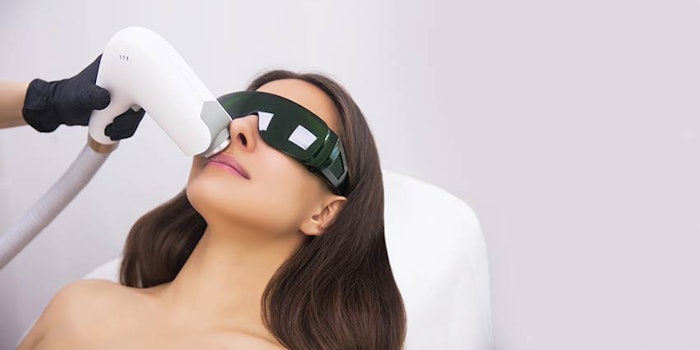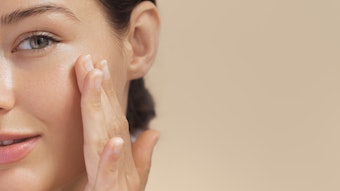
Pigmentation is one of the most common skin concerns from clients. It is a difficult skin condition to treat, but the right system can give you outstanding results. The best outcomes are from a combination of treatments and home care, which this article will discuss. However, this article will first detail pigmentation formation and the types of pigmentation, both important to the treatments chosen.
Pigment Formation
Hyperpigmentation is discoloration of the skin that shows up as light to dark brown or grayish spots that are caused by various factors such as inflammation, hormonal response and sun exposure. These factors trigger a complex process known as melanogenesis, which is responsible for producing melanin to protect the skin from aggressors.
When activated by hormonal triggers, sun exposure or inflammation, the melanocytes produce pigment through a complicated process involving tyrosinase, a copper-containing enzyme involved in producing melanin from tyrosine via oxidation, similar to what happens when an apple turns brown after exposure to the oxygen in the air. The melanin then gets packed into melanosomes, which are like pockets of pigment. The dendritic cells of the melanocyte carry the melanosomes to keratinocytes in order to protect them against possible damage from invaders such as UV light.
To learn more about pigmentation, turn to our Digital Magazine...












